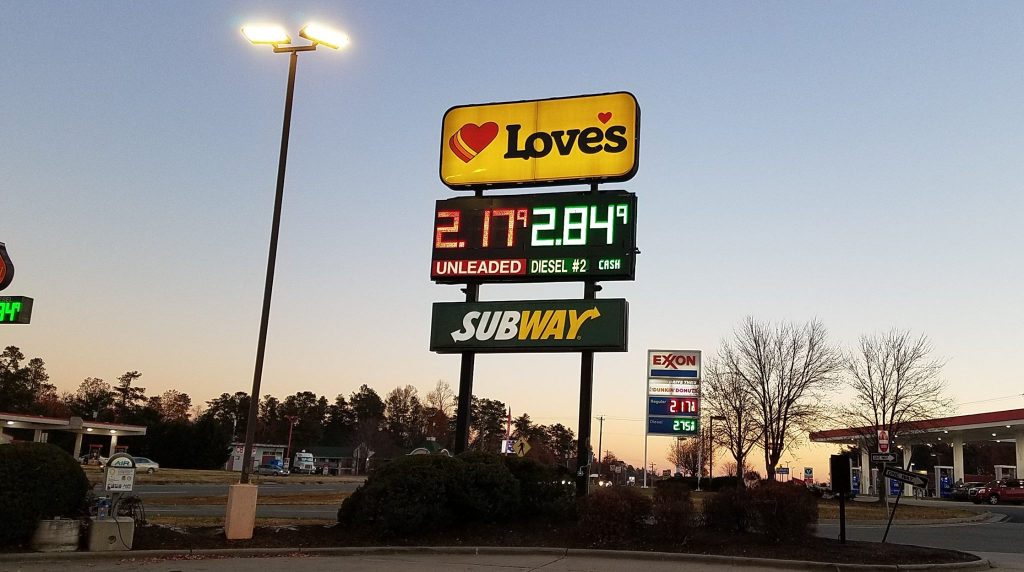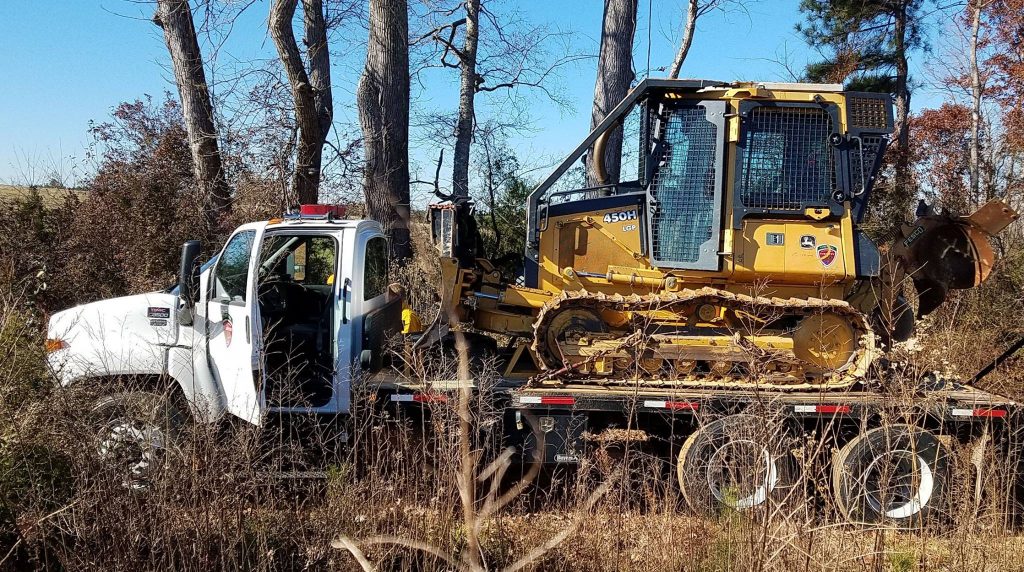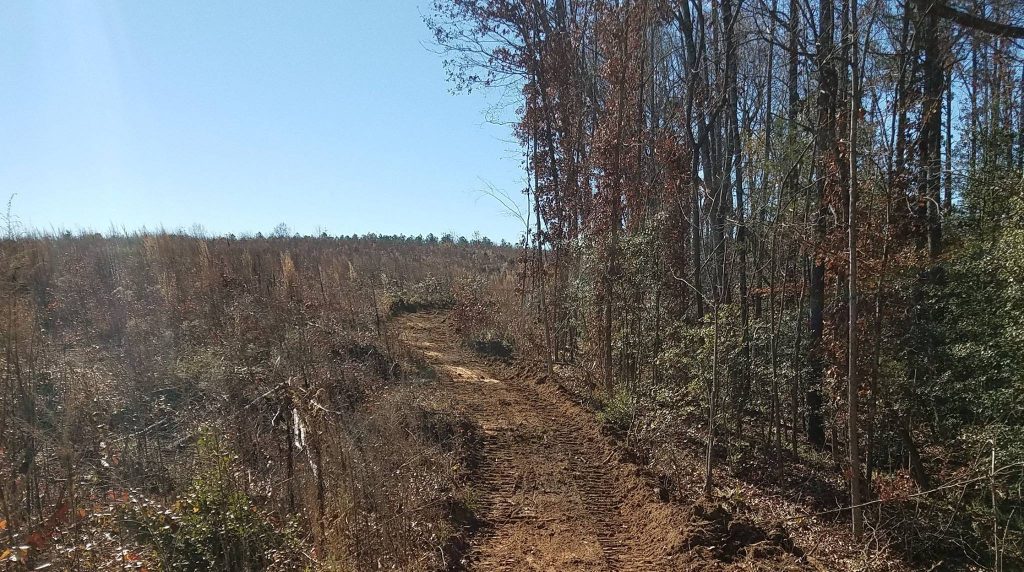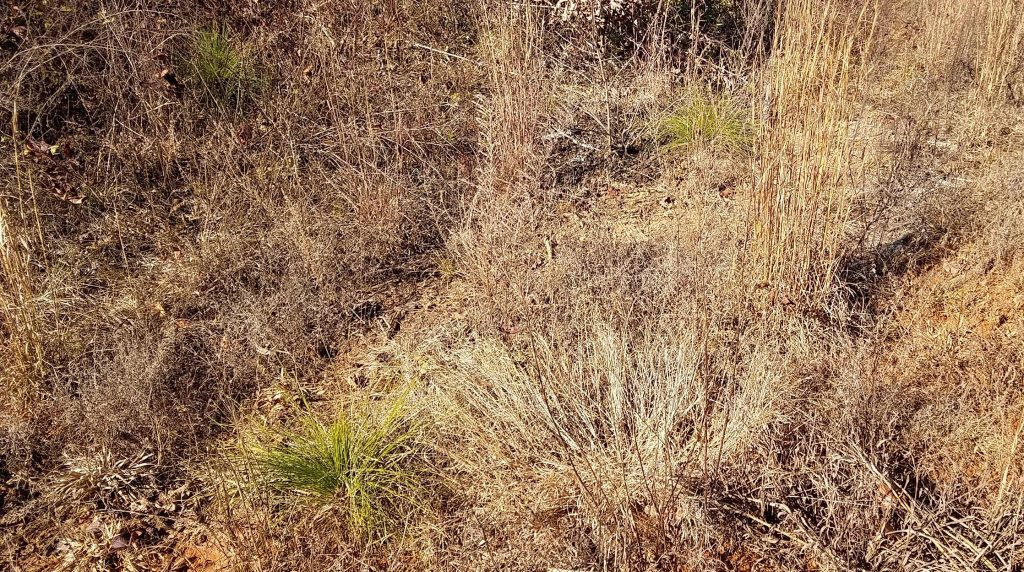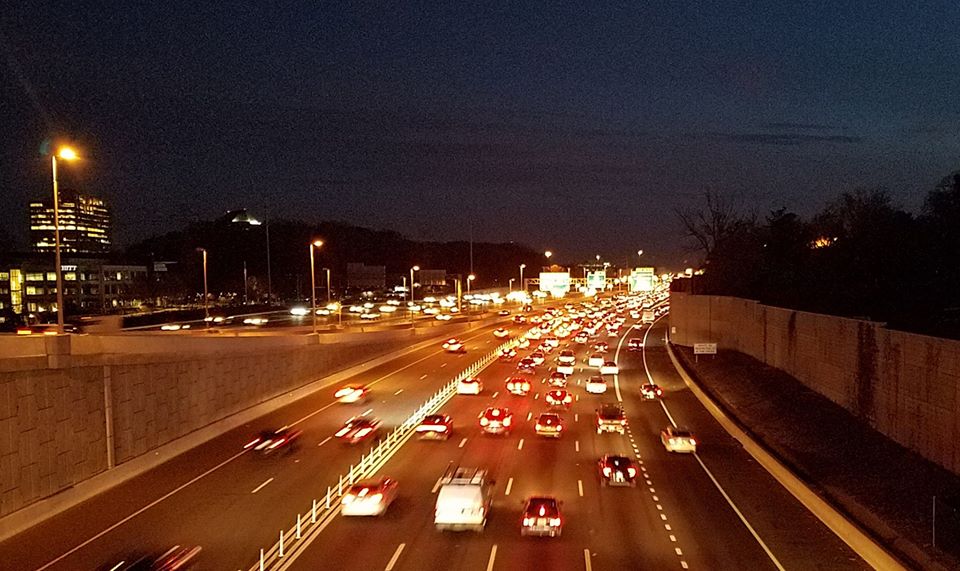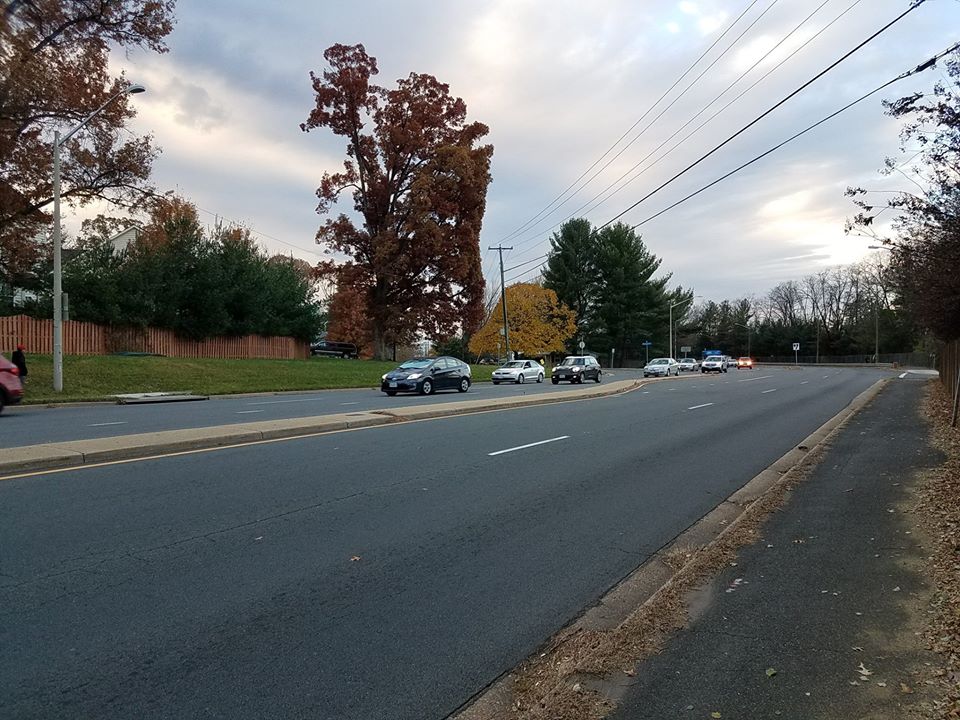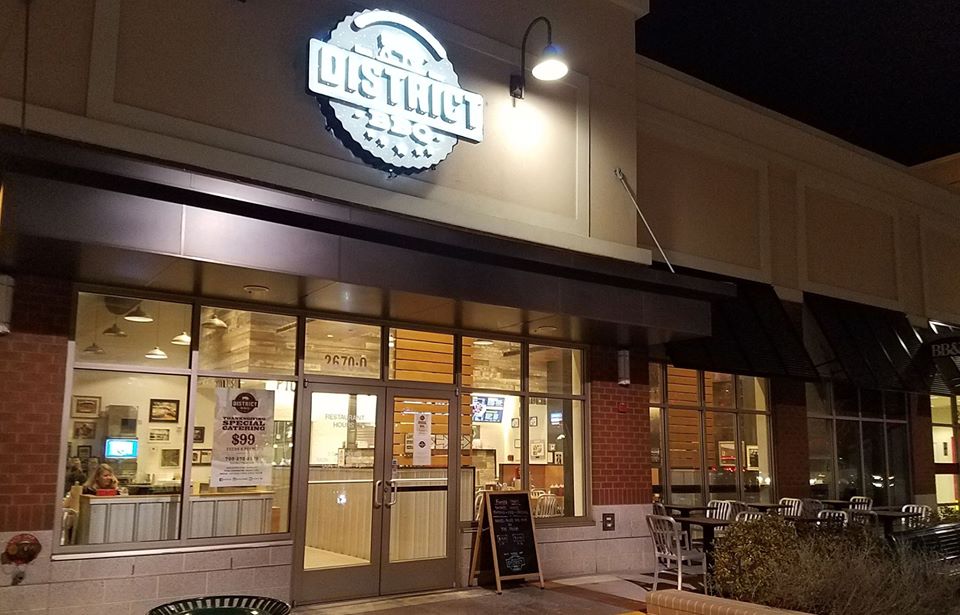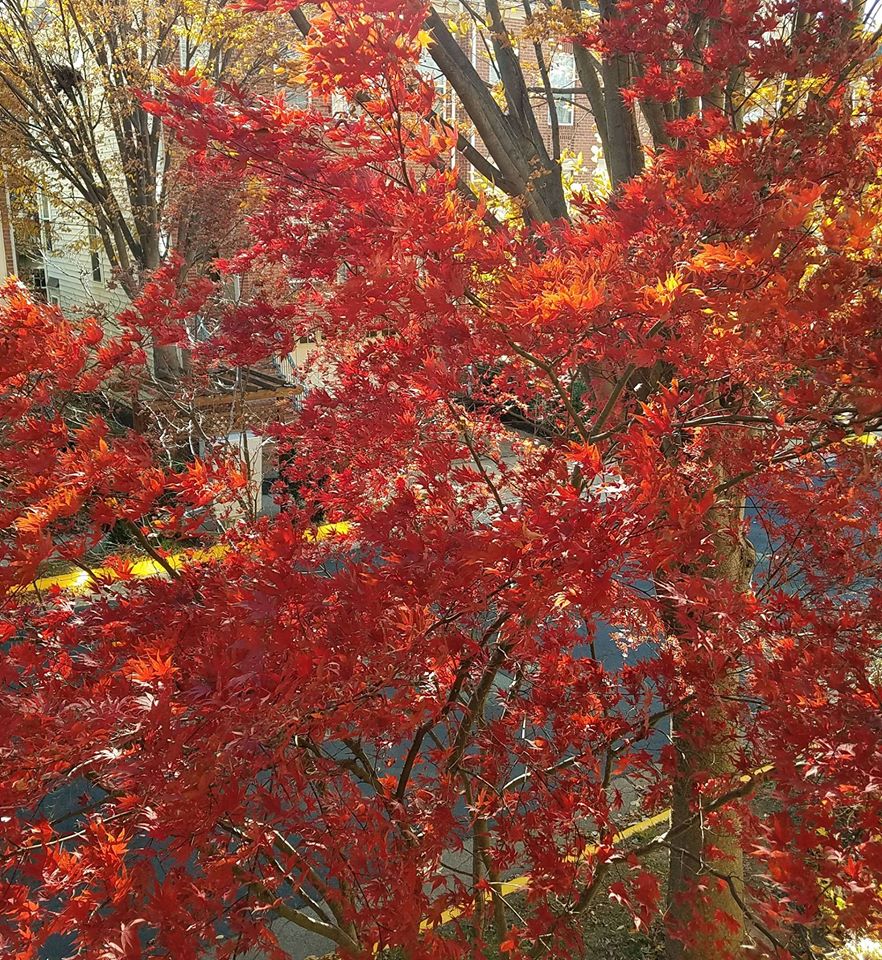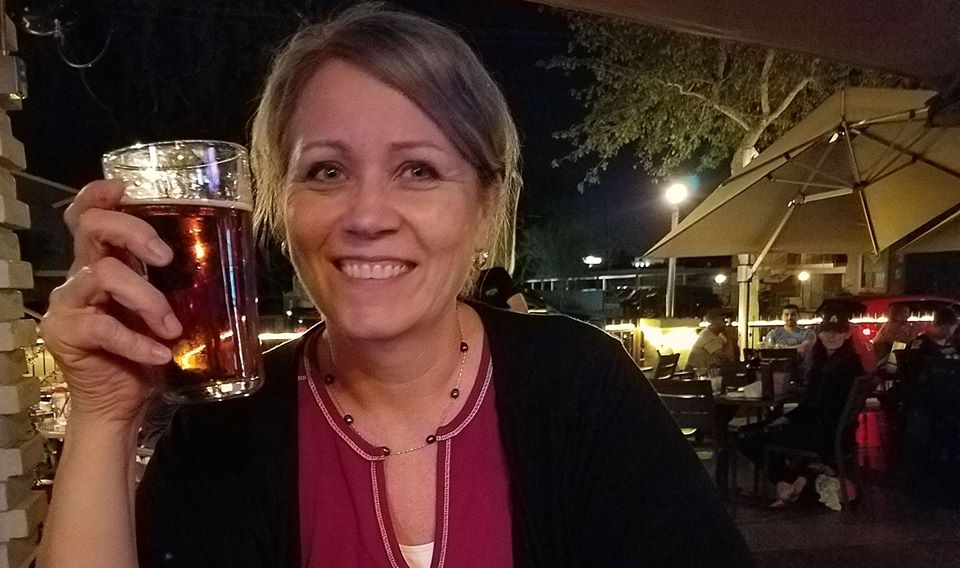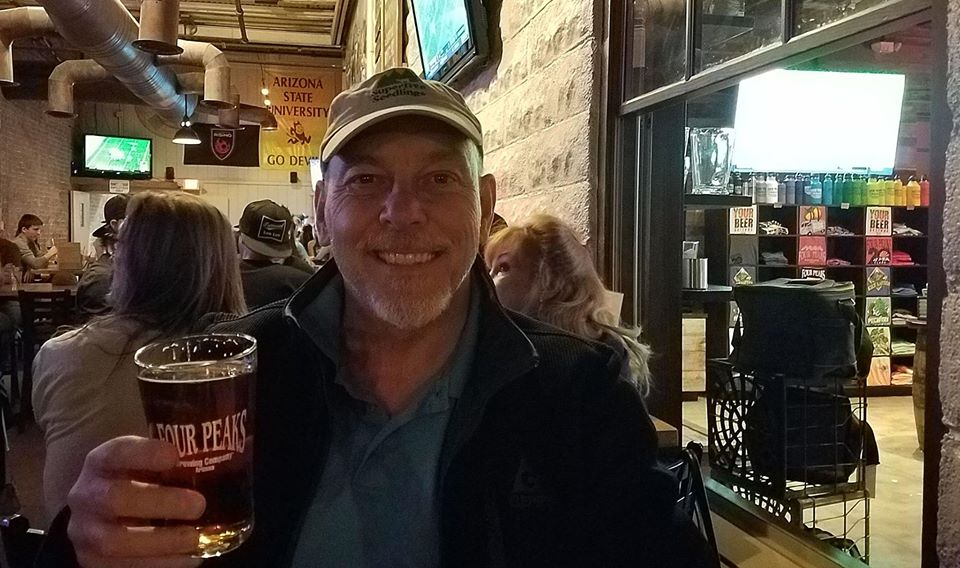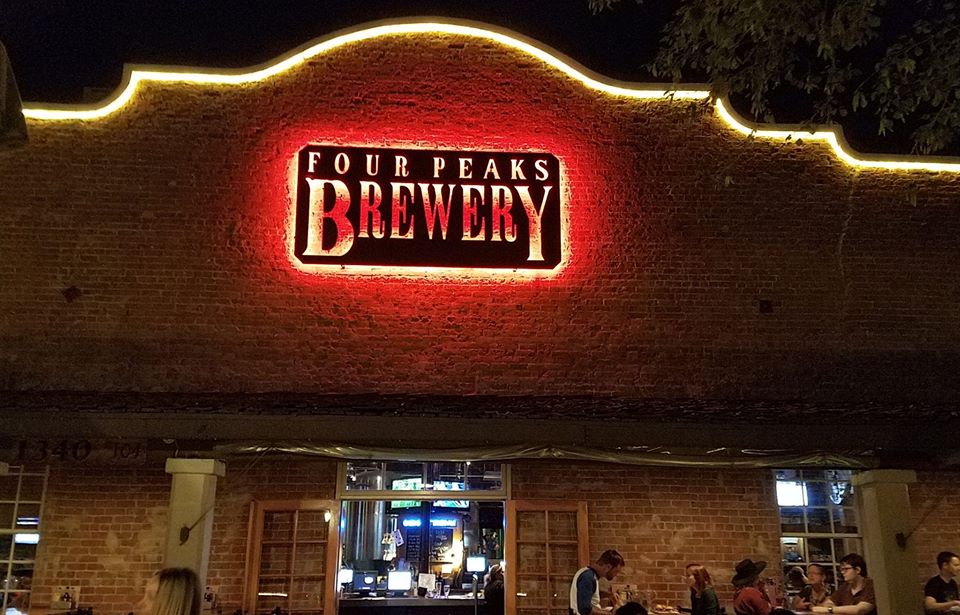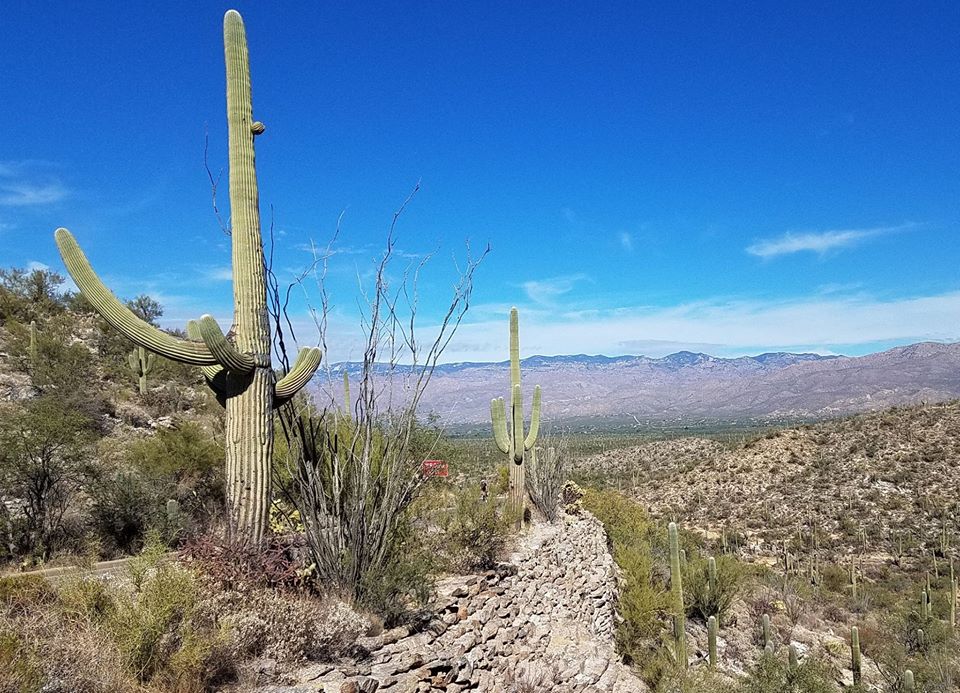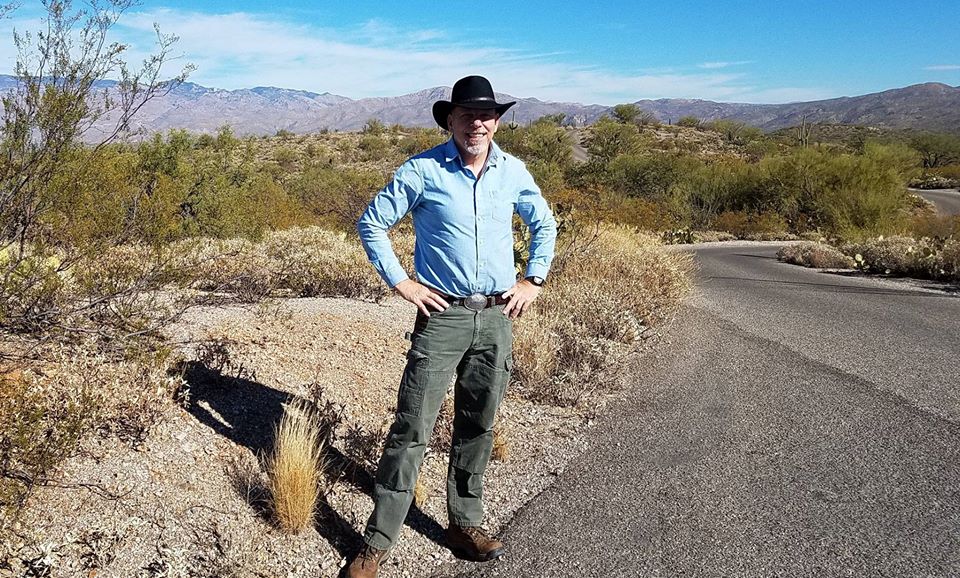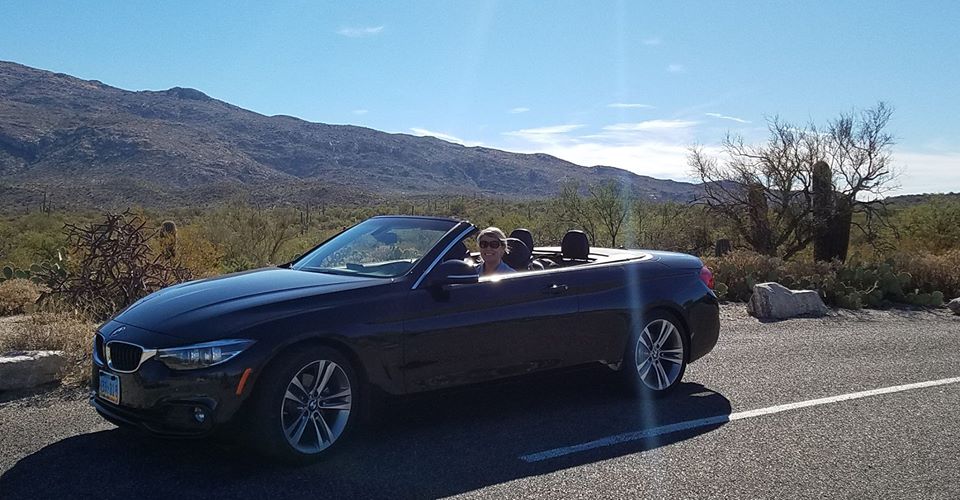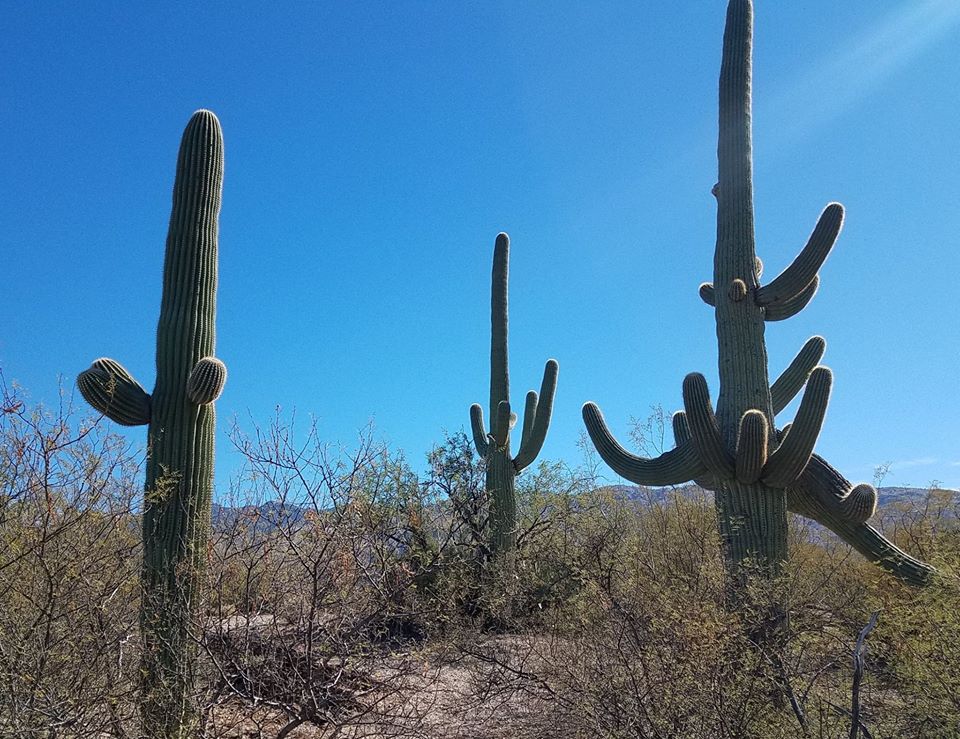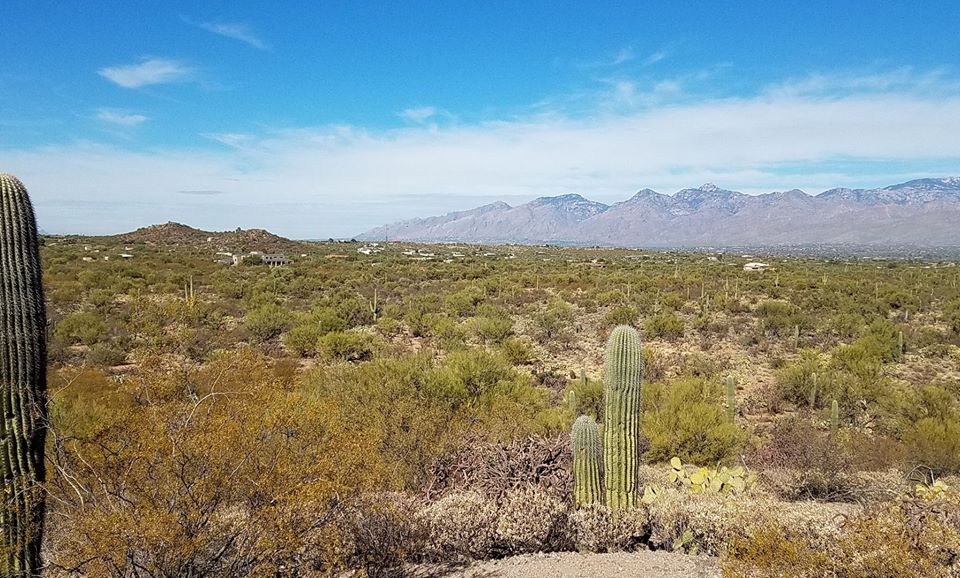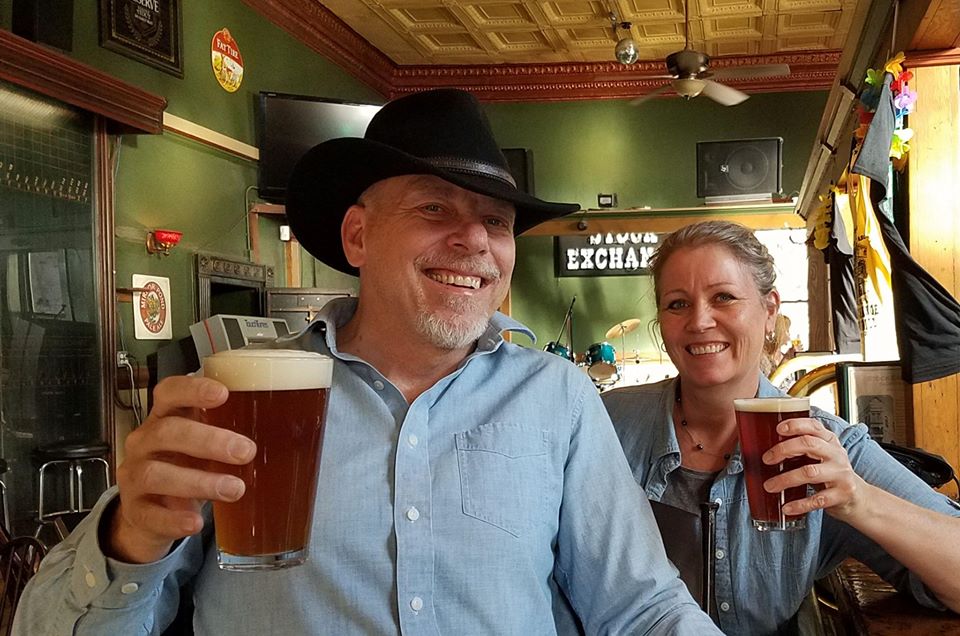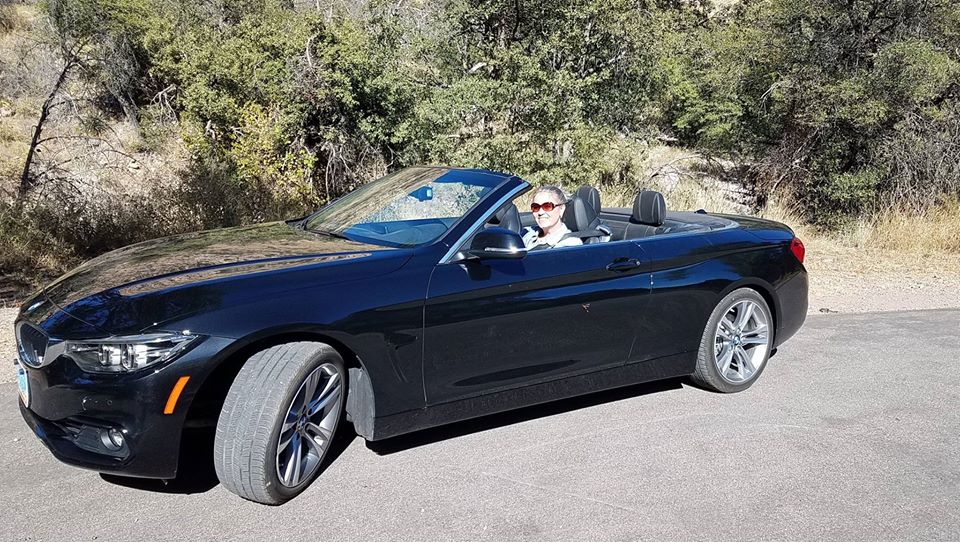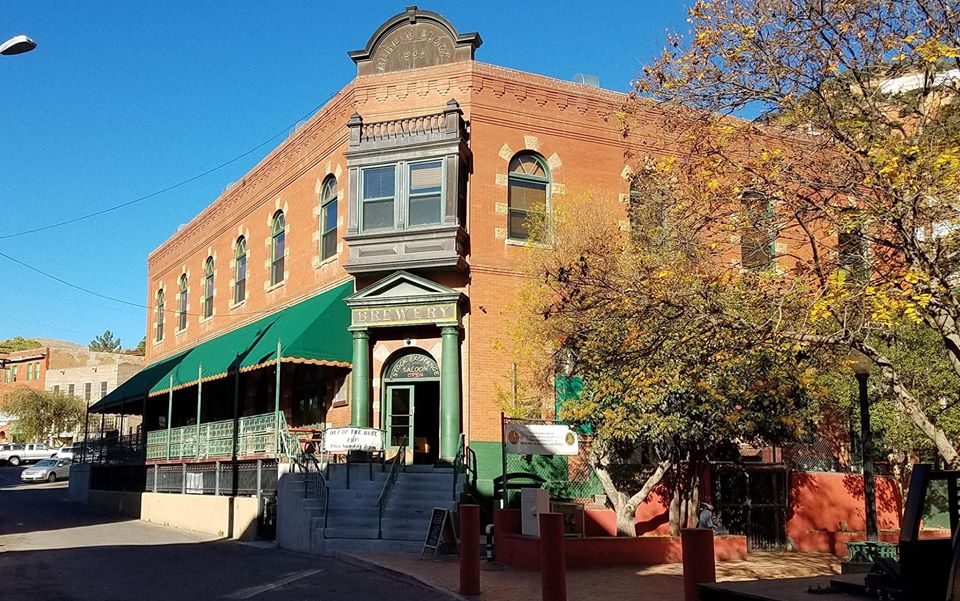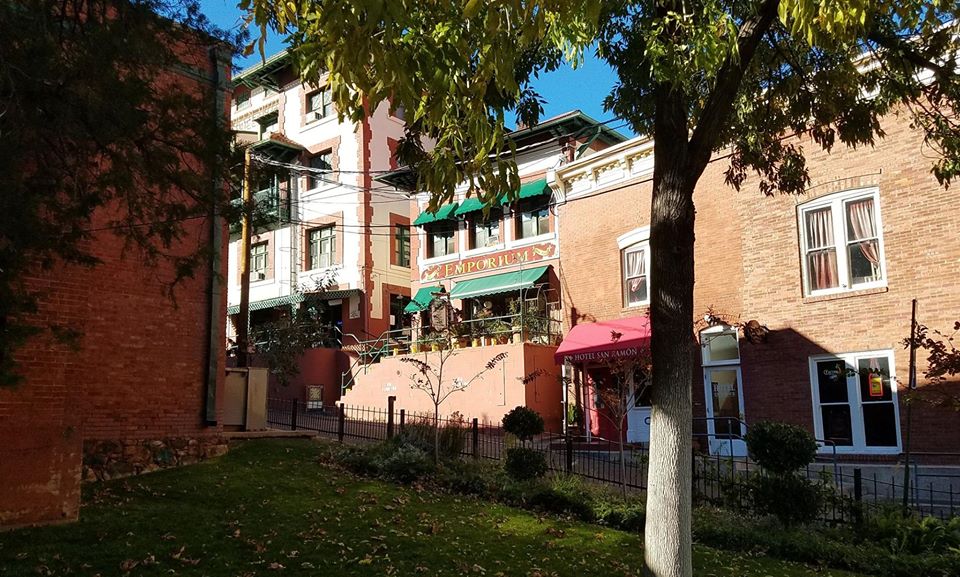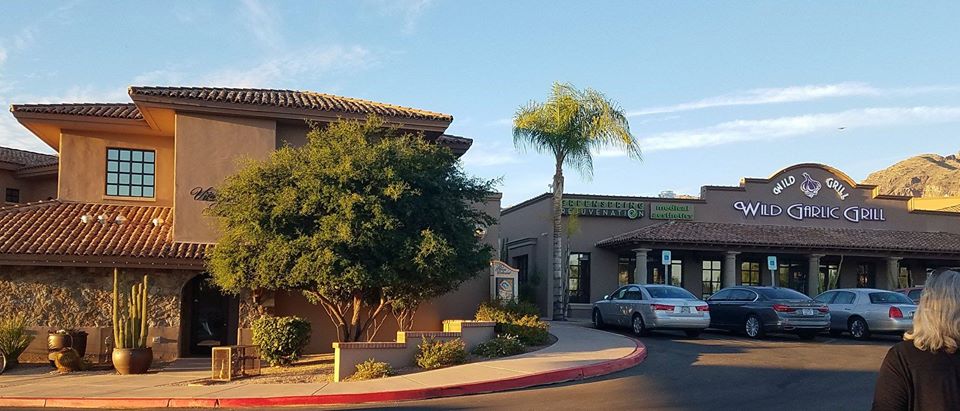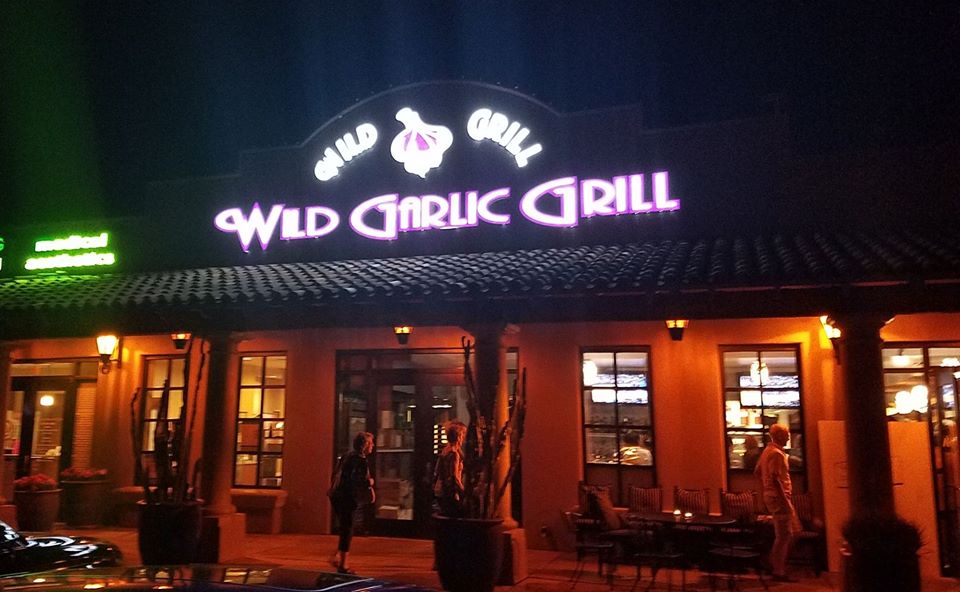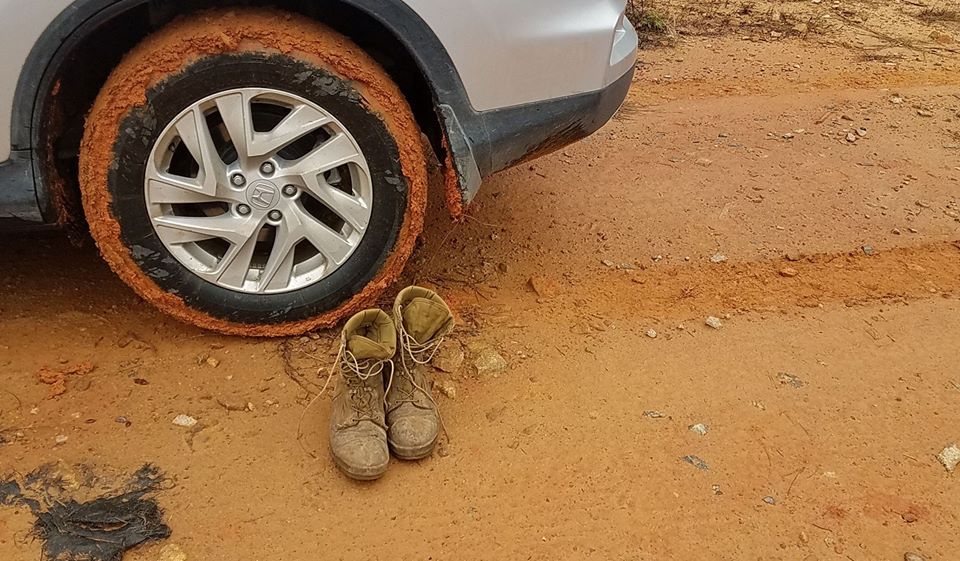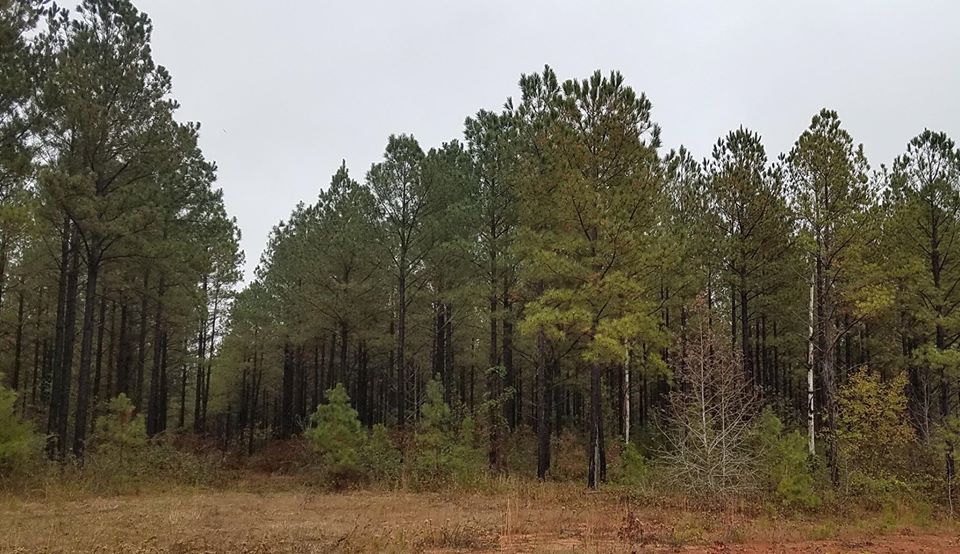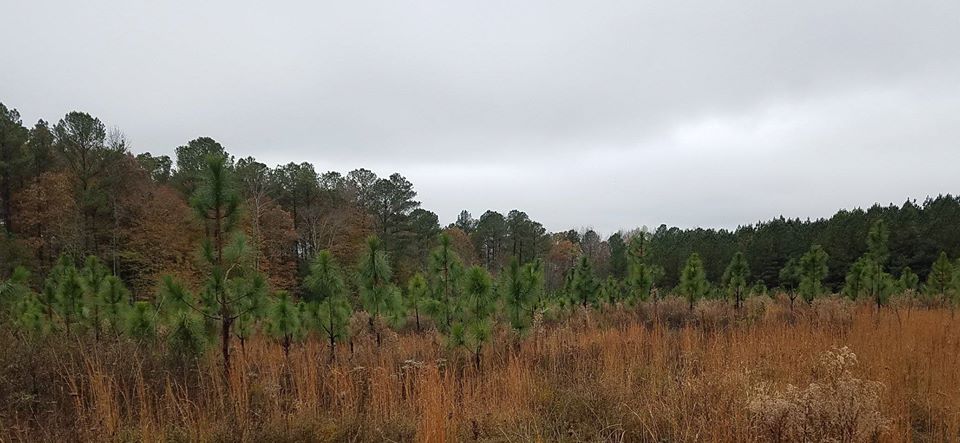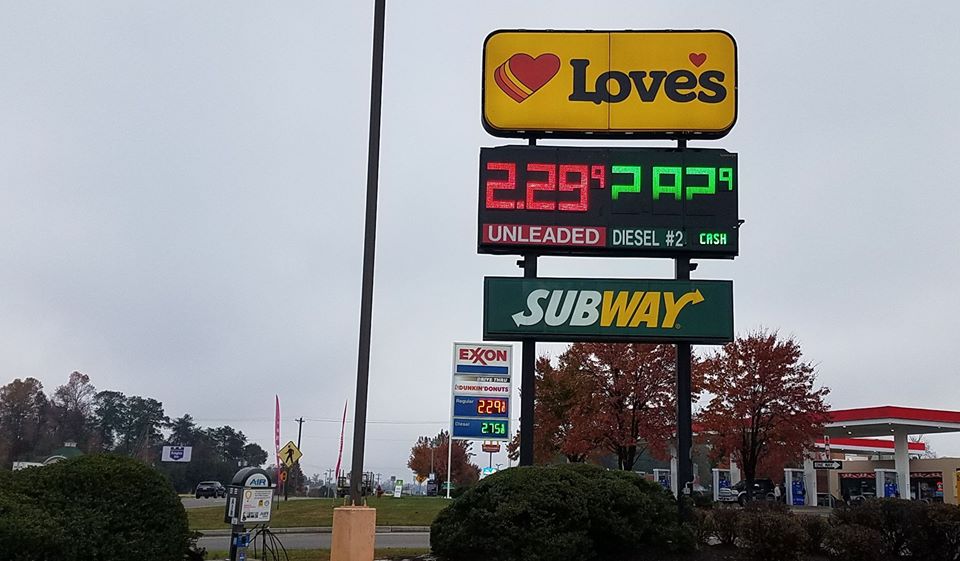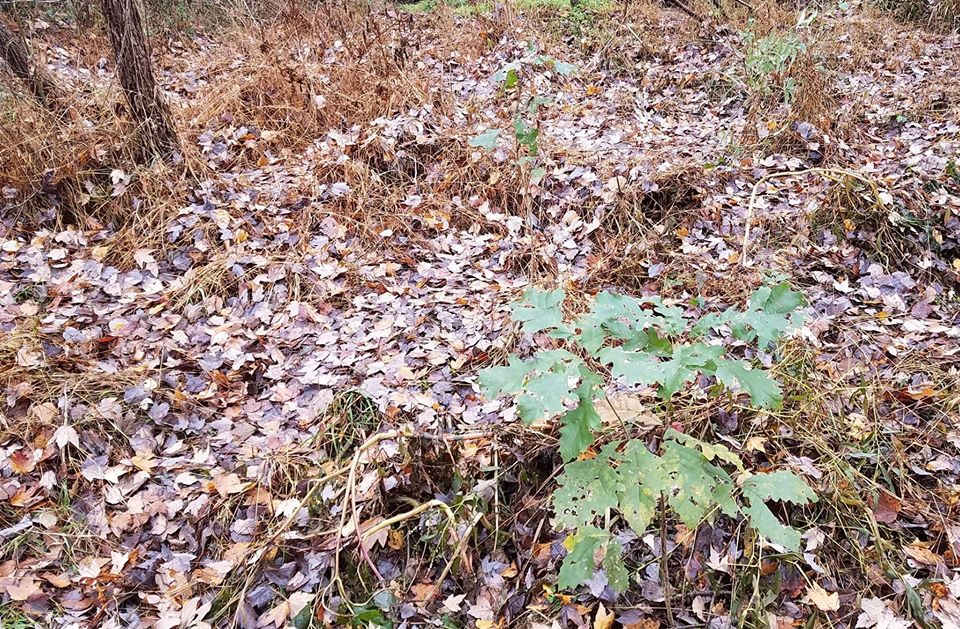Went down to the farms to talk with Virginia DoF’s Adam Smith about burning the longleaf and under the first set of loblolly on the Brodnax place. I described the plan to patch burn in other posts.
The weather offers a window tomorrow. DoF was over today to freshen the fire lines. We will set off the fires tomorrow around 11am. Predictions are for a warm and dry day. Relative humidity will be lower by mid-day and the dew will have evaporated. It is supposed to be wetter by evening, maybe even rain, so this is a good window.
The topography on Brodnax is a little hillier than on Freeman. Fire burns up hill much faster than on flat, since the oncoming flames can heat and dry ahead of them. The fire lines are around nine feet wide, which should be more than enough to contain the fires.
Anyway, I am in Emporia tonight and looking forward to being on the Brodnax place tomorrow at around 9 am. We hope to be done by dark. I will take pictures and video if I can. This is not always so easy to do, however, since being in the middle of moving fires has a way of making pictures harder to take.
The trick here is to set strips of fire so that it doesn’t get too hot. We want to burn the brush but leave the longleaf. They are still in the grass stage, so the fire should pass harmlessly over them, as long as it does not linger too long. We want a “flash fire.”
Under the loblolly we are going after the brush and fuels. This is a fuel reduction fire plus a brush control. The trees are far apart, with a basal area of around 50. This will let the heat and smoke of the fire rise and dissipate. If the trees were closer together and the canopy more closed, the fire might get hotter and smokier.
These are the theories at least. Tomorrow night I will write about what really happened.
My first picture is my usual Love’s photo. Gas prices are rising. Next is the DoF dozer they used for the fire lines today. After that is one of the fire lines. On the forth picture you can see some of the little pines. They were obscured by the vegetation before and I was a little afraid that they were not there. They are looking good. I think they have sent down their deep tap roots and after the fires will do just fine. Last picture is the land ready to burn.

